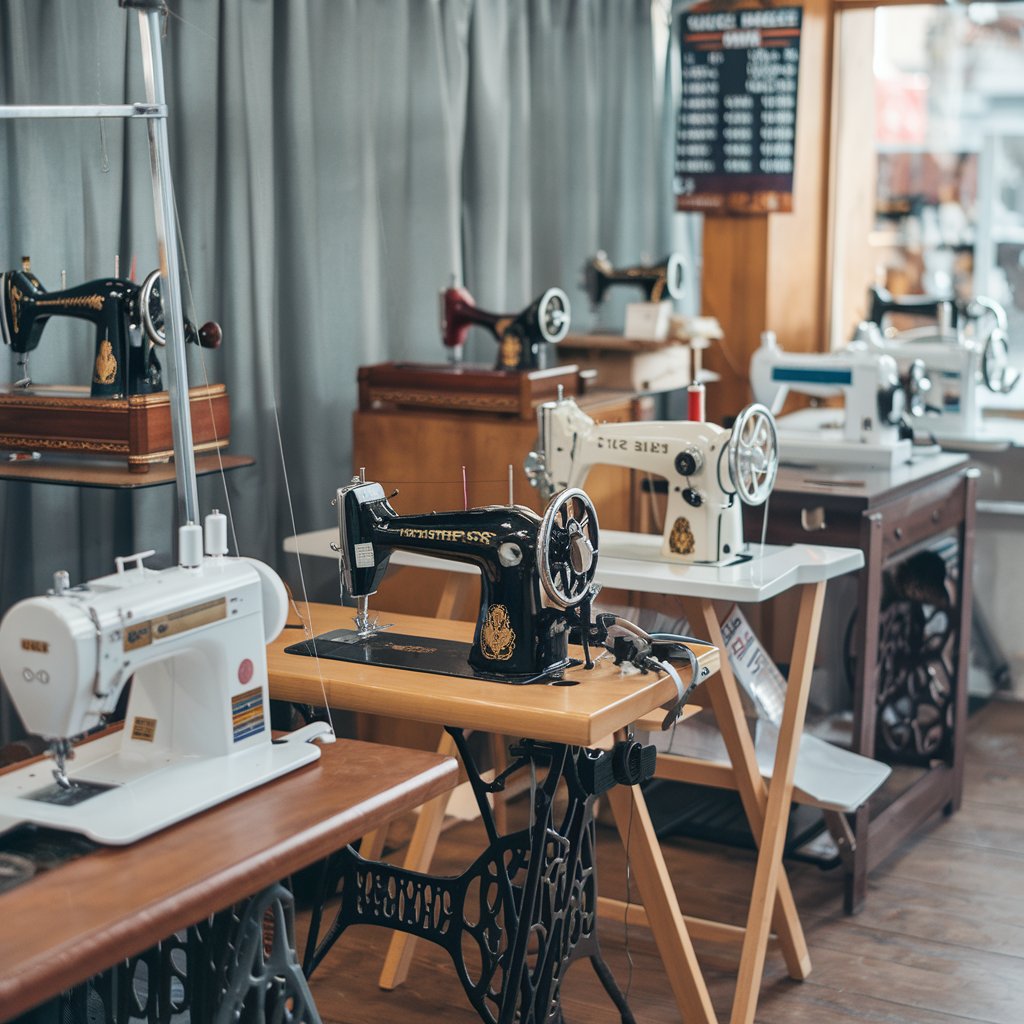In the age of cutting-edge technology and sleek modern appliances, it’s easy to overlook the treasures of the past, such as an old sewing machine. Many people wonder if they can still use their grandmother’s Singer or the old machine they found at a garage sale. The short answer is, absolutely! However, it depends on several factors that we’re going to dive into. So, grab your coffee, and let’s explore the world of old sewing machines.
Can I Use an Old Sewing Machine?
The Nostalgia Factor
There’s something deeply nostalgic about using an old sewing machine. It brings back memories of watching a grandparent sewing or imagining the stories behind the stitches. Beyond just sewing, these machines can serve as beautiful reminders of craftsmanship and simpler times.
Durability and Longevity
Unlike many modern machines, older sewing machines were often built like tanks. Made from heavy metals and designed for long-lasting use, these machines were built to withstand the test of time. They are often more durable than some of the plastic-based models available today, making them a great option for those who want something that lasts.
Comparing Old vs. New Sewing Machines
When comparing old sewing machines to newer models, the main differences lie in functionality and features. Modern machines often come with numerous stitch options, automated threading, and computerized functions, whereas older machines are typically more straightforward. But don’t let the simplicity fool you—an old sewing machine can still do a fantastic job for basic sewing tasks and more!
Assessing the Condition of Your Old Sewing Machine
Before you start using an old sewing machine, it’s essential to assess its condition. Let’s walk through a few critical steps.
Checking for Physical Damage
Inspecting the Exterior: Start by examining the outside of the machine. Look for any cracks, rust, or missing parts. The presence of rust or broken components could indicate that the machine hasn’t been well-maintained.
Examining the Internal Mechanism: If you can, open up the machine to inspect the inner workings. Check for rust, worn-out gears, or any signs of damage that might affect the sewing process. If you’re not comfortable doing this yourself, consider taking it to a professional at your local Sewing Machine Shop.
Testing the Functionality
Stitch Quality and Consistency: Test the machine on some scrap fabric. Pay attention to the stitch quality and whether it remains consistent. Uneven stitches or skipped stitches might indicate a need for adjustments or repairs.
Motor Performance: If the machine has an electric motor, plug it in and listen for any unusual noises. A smooth, consistent hum is a good sign, while grinding or erratic sounds may mean the motor needs attention.
Advantages of Using an Old Sewing Machine

Now that you’ve assessed the condition of your machine, let’s explore why it might be worth using.
Cost-Effectiveness
One of the biggest advantages of using an old sewing machine is the cost. Unlike newer models that can run into hundreds or even thousands of dollars, an older machine can be much more budget-friendly, especially if it only needs minor repairs.
Simple Maintenance and Repairs
Older sewing machines are often simpler in design, making them easier to maintain and repair. You won’t need to deal with complex electronics or digital displays. With a little patience and a good manual, many repairs can be done at home, saving you even more money.
Vintage Aesthetics
Let’s not forget about style! Vintage sewing machines often have a unique aesthetic appeal. They can add a touch of charm and history to any sewing room. Plus, using one can be a great conversation starter!
Potential Drawbacks of Using an Old Sewing Machine
As with anything, there are some downsides to using an older machine.
Lack of Modern Features

Modern sewing machines come loaded with features like automatic buttonholes, embroidery stitches, and even computerized programming. An older machine might not have these bells and whistles, which could be a limitation depending on what you’re looking to do.
Limited Availability of Replacement Parts
Finding replacement parts for older sewing machines can be a bit of a challenge. While many parts are still available, especially for popular models, some rare machines might require a bit of a hunt. Check with your local Sewing Machine Shop or online marketplaces for what you need.
Potential for Frequent Repairs
Older machines, especially those that have seen a lot of use, might require more frequent maintenance and repairs. While these are often straightforward, they can add up over time. It’s essential to weigh this against the cost of a new machine.
Upgrading Your Old Sewing Machine
If you love your old machine but wish it had a few modern features, there are some upgrades you can consider.
Adding Modern Attachments
You can often find attachments that can add functionality to your machine. For example, walking feet or specialized quilting attachments can make an old machine more versatile.
Retrofitting with New Motors
In some cases, you can retrofit an older machine with a new motor. This can provide more power and make the machine more efficient, extending its usability.
Enhancing Lighting and Work Area
Many older machines lack adequate lighting. Adding an LED light strip can improve visibility and reduce eye strain. Additionally, ensuring your work area is well-lit and organized can make a significant difference in your sewing experience.
Finding Parts and Accessories for Your Old Sewing Machine

Once you’ve decided to use or upgrade your old sewing machine, you may need parts and accessories.
Visiting Local Sewing Machine Shops
Your local Sewing Machine Shop can be a great resource for parts, accessories, and advice. They often have a wealth of knowledge about vintage machines and can help you find what you need.
Online Marketplaces and Forums
Websites like eBay, Etsy, and specialized sewing forums can be great places to find parts and accessories for older machines. Just be sure to buy from reputable sellers to ensure the quality of the parts.
Specialty Shops for Vintage Machines
There are specialty shops dedicated to vintage sewing machines. These shops can provide parts, repair services, and sometimes even classes on how to maintain and use older machines.
Tips for Maintaining an Old Sewing Machine
Keeping your old sewing machine in good condition requires regular care.
Regular Cleaning and Oil
Regularly clean your machine and oil it as needed. Dust and debris can cause issues with the mechanism, so keeping it clean will ensure smoother operation.
Proper Storage
Store your machine in a cool, dry place. Moisture can lead to rust, and extreme temperatures can cause parts to warp or become brittle.
Routine Servicing
Even if your machine seems to be running fine, consider taking it in for a tune-up every year or so. A professional can catch potential problems before they become serious.
How to Decide if You Should Use Your Old Sewing Machine

Ultimately, the decision to use an old sewing machine depends on several factors.
Assessing Your Sewing Needs
Consider what you’ll be using the machine for. If you’re just doing basic sewing or repairs, an old machine might be perfect. For more complex projects, a new machine might be a better fit.
Evaluating Your Comfort Level with Repairs
Are you comfortable doing repairs and maintenance, or would you prefer a machine that requires less hands-on care? This is an important factor to consider.
Considering the Cost of Upgrades and Repairs
Factor in the potential costs of any upgrades or repairs. Compare these to the price of a new machine to determine what makes the most financial sense.
Conclusion
Using an old sewing machine can be a rewarding experience, both financially and emotionally. While there are certainly some challenges, the benefits often outweigh them, especially if you appreciate the durability, simplicity, and charm of vintage machines. Whether you’re a seasoned sewer or a beginner, an old sewing machine can be a valuable tool in your creative arsenal.
FAQs
Can an old sewing machine be as good as a new one?
Absolutely! Many old sewing machines are built to last and can handle basic to intermediate sewing tasks as well as, if not better than, some modern machines.
How do I find out the model of my old sewing machine?
Look for a model number on the machine, usually found on the body or near the motor. You can also check the manual if you have it, or consult with a local Sewing Machine Shop.
Is it worth repairing an old sewing machine?
It can be, especially if the machine has sentimental value or is of high quality. Consider the cost of repairs versus the cost of a new machine to make an informed decision.
What should I do if my old sewing machine is missing parts?
Check online marketplaces, sewing forums, or visit a local Sewing Machine Shop to find replacement parts. Many shops specialize in vintage machines and can help you find what you need.
Are vintage sewing machines collectible?
Yes, many vintage sewing machines are highly collectible, especially those that are rare, in good condition, and have unique features or designs.
Visit our Sewing Machine Shop for the best sewing machine deals.
For more insightful articles, visit our Medium page !

